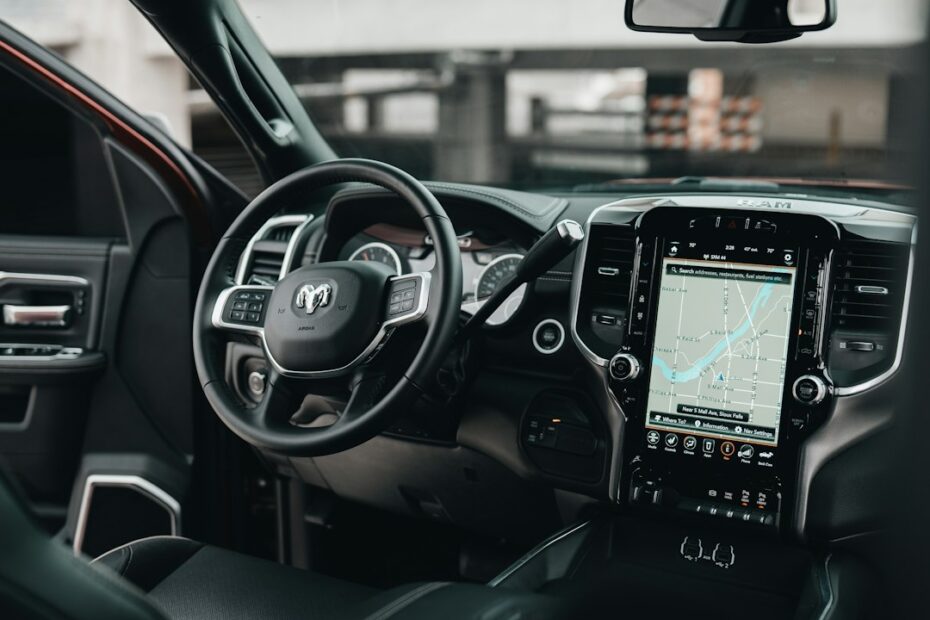Before we dive into the topic of corroded terminals, it’s important to have a basic understanding of how a car battery works. A car battery is made up of several components, including positive and negative plates, an electrolyte solution (usually sulfuric acid), and lead terminals. When you start your car, the battery provides the necessary electrical energy to power the starter motor and ignite the engine. It also supplies power to the various electrical systems in your vehicle when the engine is not running.
Common Causes of Corroded Terminals
Corroded terminals are a common problem with car batteries and can be caused by several factors. One of the main culprits is exposure to moisture and humidity. Over time, moisture can seep into the battery compartment and cause corrosion on the terminals. Another factor that can contribute to corroded terminals is the age of the battery. As a battery gets older, it becomes more susceptible to corrosion. Lastly, overcharging or undercharging the battery can also lead to corrosion on the terminals.
Signs of a Corroded Battery Terminal
There are several signs that indicate you may have corroded battery terminals. One of the most common signs is difficulty starting your car. If you find that your car is slow to start or doesn’t start at all, it could be due to corrosion on the terminals. Another sign is dimming headlights. If you notice that your headlights are not as bright as they used to be, it could be a sign of corroded terminals. Lastly, if you see a white or greenish powdery substance around the battery terminals, it is a clear indication of corrosion.
Safety Precautions before Repairing Your Car Battery
| Signs of a Corroded Battery Terminal |
|---|
| Difficulty starting the engine |
| Dimming headlights or interior lights |
| Corrosion or rust on the battery terminals |
| Cracks or breaks in the battery casing |
| Low battery fluid level |
| Strange smells or sounds coming from the battery |
Before you begin repairing your car battery, it’s important to take some safety precautions. First and foremost, always wear protective gear, such as gloves and safety glasses, to protect yourself from any potential harm. Secondly, make sure to disconnect the battery before attempting any repairs. This will prevent any accidental electrical shocks. Lastly, avoid sparks and flames near the battery as the hydrogen gas produced during charging can be highly flammable.
Tools and Materials Needed for Repairing Corroded Terminals
To clean and repair corroded battery terminals, you will need a few tools and materials. Baking soda is an excellent cleaning agent for removing corrosion. You will also need water to mix with the baking soda to create a cleaning solution. A wire brush will be necessary for scrubbing away the corrosion from the terminals. Pliers will come in handy for disconnecting and reconnecting the battery cables. Lastly, a terminal cleaner can be used to remove any remaining corrosion and ensure a clean connection.
Step-by-Step Guide to Cleaning Corroded Battery Terminals

Now that you have gathered all the necessary tools and materials, let’s walk through the step-by-step process of cleaning corroded battery terminals.
1. Disconnecting the battery: Start by turning off your car’s engine and removing the key from the ignition. Locate the battery in your vehicle and use the pliers to loosen and remove the negative cable first, followed by the positive cable.
2. Mixing baking soda and water: In a small container, mix a tablespoon of baking soda with enough water to create a paste-like consistency.
3. Applying the mixture to the terminals: Use a brush or your gloved fingers to apply the baking soda mixture to the corroded terminals. Make sure to cover the entire terminal area.
4. Scrubbing the terminals with a wire brush: Take the wire brush and gently scrub the terminals in a circular motion. The baking soda mixture will help loosen and remove the corrosion.
5. Rinsing the terminals with water: Once you have scrubbed away the corrosion, rinse the terminals with clean water to remove any remaining baking soda residue.
6. Drying the terminals: Use a clean cloth or towel to dry the terminals thoroughly. Make sure there is no moisture left on the terminals before proceeding to the next step.
7. Applying terminal cleaner: Apply a small amount of terminal cleaner to each terminal and use a clean cloth or brush to ensure a clean connection.
How to Remove and Replace a Corroded Battery Terminal
In some cases, cleaning may not be enough, and you may need to remove and replace a corroded battery terminal. Here’s how you can do it:
1. Removing the old terminal: Use pliers or a wrench to loosen and remove any nuts or bolts securing the old terminal in place. Once loosened, carefully lift off the old terminal from the battery post.
2. Installing the new terminal: Take your new battery terminal and place it over the battery post. Make sure it fits securely and aligns with any holes or slots for securing it in place.
3. Reconnecting the battery: Once you have installed the new terminal, reattach and tighten any nuts or bolts that secure it in place. Start by reconnecting the positive cable first, followed by the negative cable. Make sure the connections are tight and secure.
Tips for Maintaining Your Car Battery to Prevent Corrosion
To prevent future corrosion on your car battery terminals, here are a few tips for maintaining your car battery:
1. Regularly cleaning the terminals: Make it a habit to clean your battery terminals at least once every six months or as needed. This will help prevent the buildup of corrosion.
2. Keeping the battery dry: Avoid exposing your battery to excessive moisture or humidity. If you live in an area with high humidity, consider using a battery cover or insulator to protect it.
3. Checking the battery’s charge level: Regularly check your battery’s charge level using a voltmeter or multimeter. If the charge is consistently low, it may be a sign that your battery is not holding a charge and needs to be replaced.
4. Avoiding overcharging or undercharging: Overcharging or undercharging your battery can lead to corrosion and reduce its lifespan. Make sure to follow the manufacturer’s recommendations for charging your battery.
When to Replace Your Car Battery
Despite proper maintenance, there will come a time when you need to replace your car battery. Here are some signs that indicate your battery needs to be replaced:
1. Difficulty starting the car: If you find that your car is slow to start or doesn’t start at all, it could be a sign that your battery is failing.
2. Dimming headlights: If you notice that your headlights are not as bright as they used to be, it could be a sign that your battery is losing its charge.
3. Corrosion around the terminals: If you consistently have to clean corrosion off your battery terminals, it may be an indication that your battery is nearing the end of its lifespan.
Reviving Your Car Battery for Optimal Performance
In conclusion, taking care of your car battery is crucial for maintaining optimal performance and preventing issues such as corroded terminals. By understanding the basics of a car battery, recognizing the signs of corroded terminals, and following the proper steps for cleaning and repairing them, you can extend the lifespan of your battery and avoid costly repairs. Remember to regularly maintain your battery, check its charge level, and replace it when necessary to ensure a reliable and efficient vehicle.
If you’re interested in exploring the world of vehicle tuning, you might find this article on Driven Mavens helpful. It provides a comprehensive DIY guide to repairing car battery terminals, which is an essential skill for any car enthusiast. Check it out here and learn how to keep your car running smoothly.
FAQs
What are car battery terminals?
Car battery terminals are the metal connectors that attach to the battery posts and allow electrical current to flow from the battery to the rest of the vehicle.
Why do car battery terminals need to be repaired?
Car battery terminals can become corroded or loose over time, which can cause electrical problems in the vehicle. Repairing the terminals can help ensure proper electrical function.
What tools are needed to repair car battery terminals?
Tools needed to repair car battery terminals may include a wire brush, pliers, a wrench, and a battery terminal cleaner.
Can car battery terminals be repaired without professional help?
Yes, car battery terminals can be repaired without professional help using a DIY guide and the proper tools.
What are the steps to repairing car battery terminals?
The steps to repairing car battery terminals may include disconnecting the battery, removing the terminals, cleaning the terminals and posts, replacing any damaged parts, and reattaching the terminals.
Is it safe to repair car battery terminals?
As long as proper safety precautions are taken, such as wearing gloves and eye protection and disconnecting the battery before beginning repairs, it is generally safe to repair car battery terminals.
How often should car battery terminals be checked and repaired?
Car battery terminals should be checked and repaired as needed, but it is recommended to check them at least once a year or whenever the battery is replaced.



